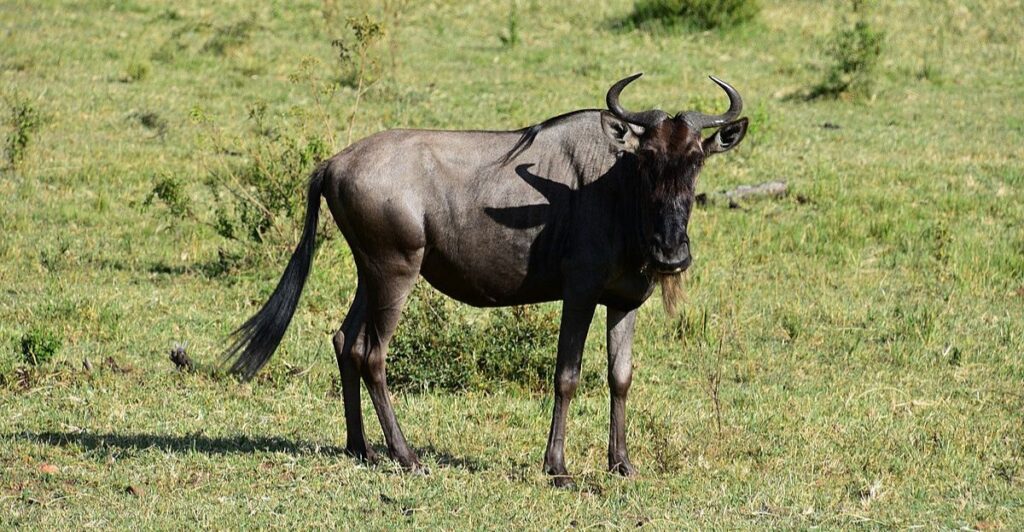
The migration of wildebeests, or gnus, is survival at its finest. In Africa’s Serengeti, these antelopes face predators, unpredictable weather, and dangerous river crossings. How do they pull it off? These 12 facts break down what happens during this epic journey of the gnus.
1. The Serengeti, Where the Migration Happens
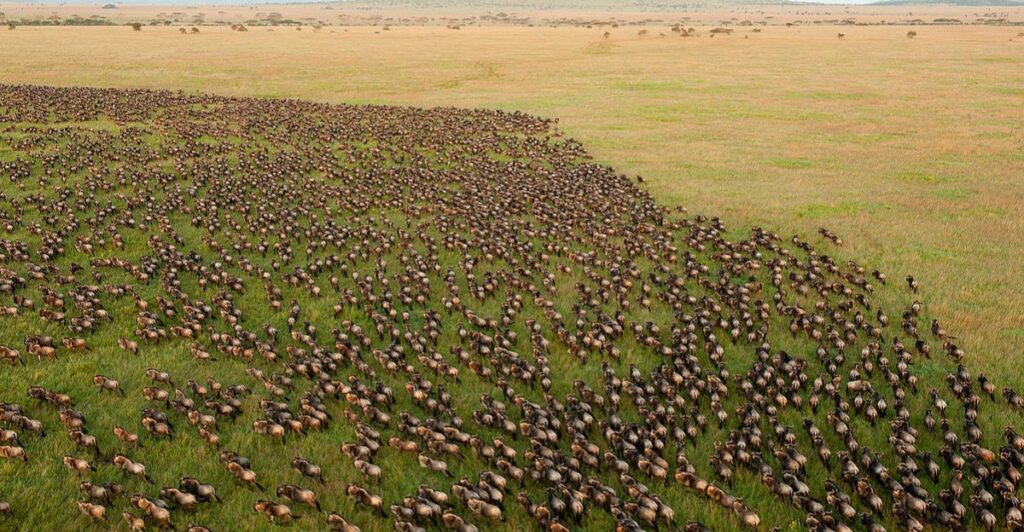
The region is UNESCO’s World Heritage Site. There are endless plains, scattered rivers, and rugged terrain that put the gnus’ survival skills to the test year after year. Their migration even stretches into Kenya’s Maasai Mara as they cross borders between Tanzania and Kenya.
2. How Long Does It Take?
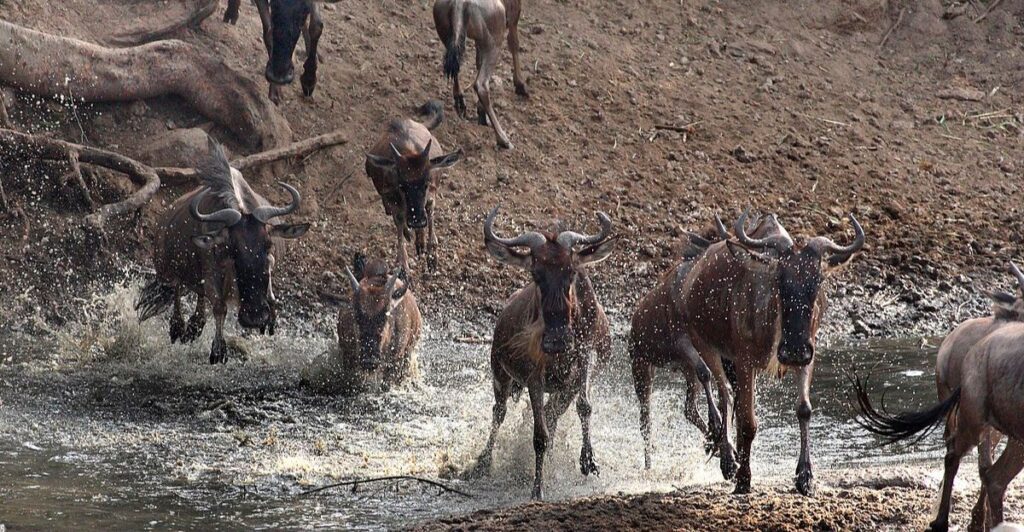
On average, it can take months for the wildebeests to make their way across the Serengeti as they move slowly by following the rains and covering up to 1,000 miles. However, the full cycle of the migration, including the return trip, can take up to a year.
3. Why The Destination Matters
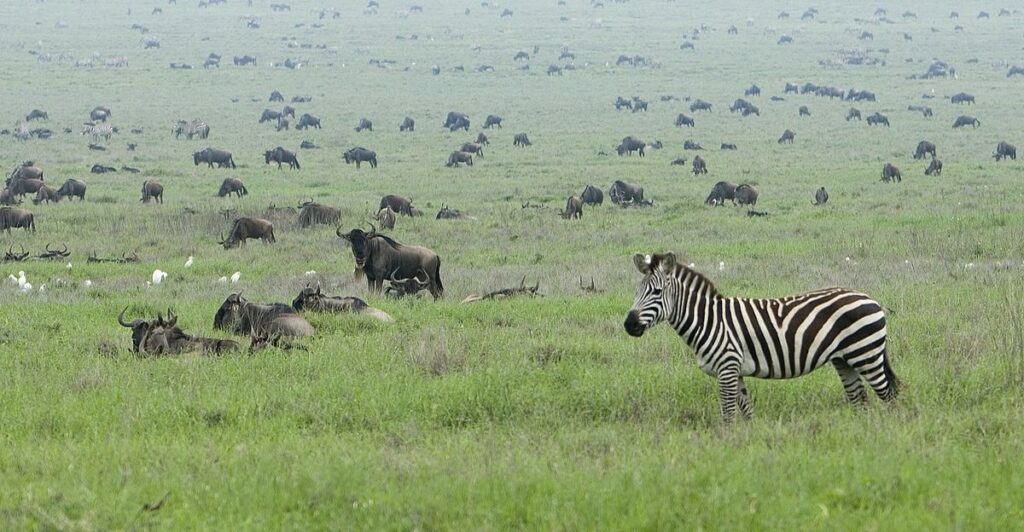
So, where do these antelopes reach, and why do they go there? It turns out that wildebeests chase fresh, green grass and water to survive. As the dry season hits, they must travel long distances to find it, which is on the other side of the Serengeti.
4. Crossing Rivers Is A Deadly Challenge
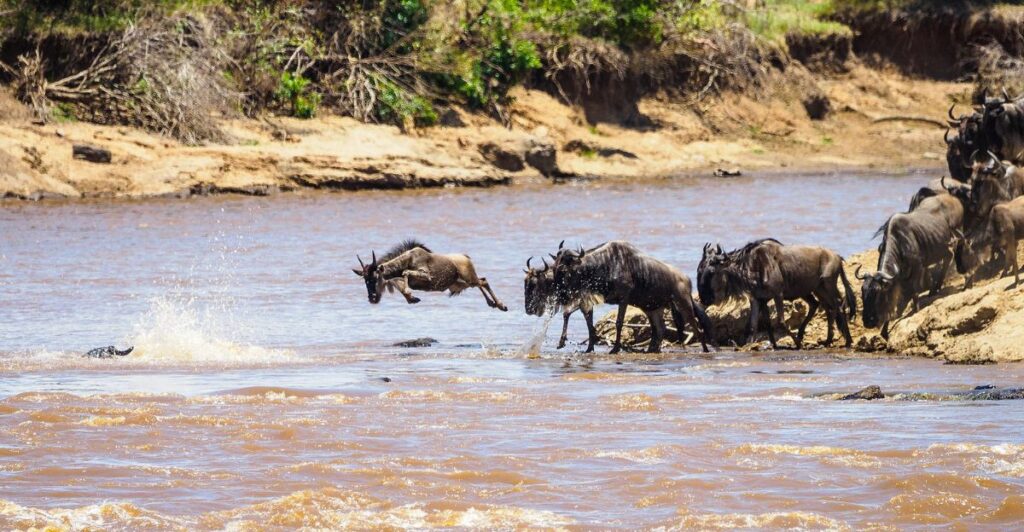
One of the biggest hurdles of the migration is crossing the Mara River. With crocodiles lurking below and strong currents, these river crossings are anything but easy. The Grumeti River, another obstacle along the way, is also a dangerous crossing for these antelopes.
5. Predators Are Always on the Hunt
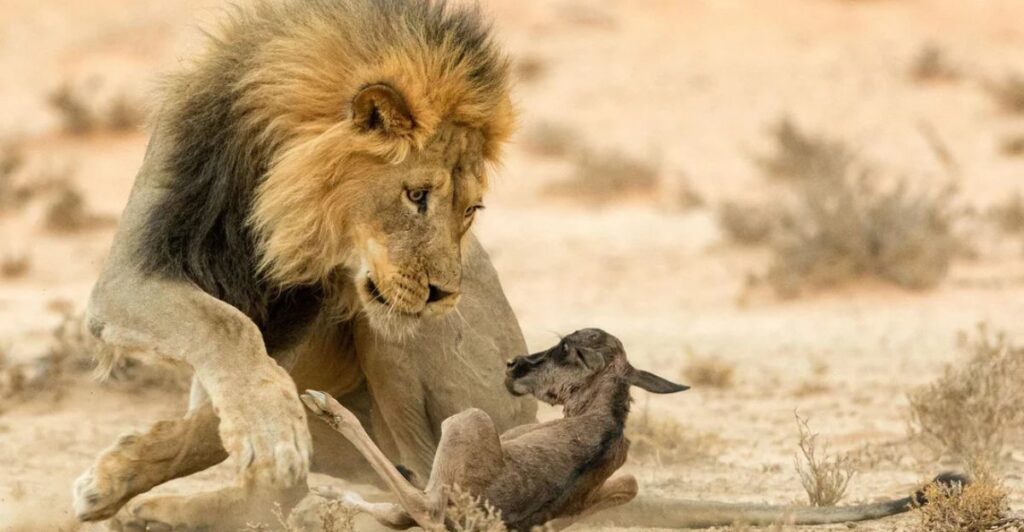
Lions, hyenas, and cheetahs follow their every move, waiting for the perfect moment to strike. Surprisingly, wild dogs are also major threats to them. During the journey, the herd’s survival depends only on staying together and staying alert, but some still fall behind.
6. How Wildebeests Know Where to Go
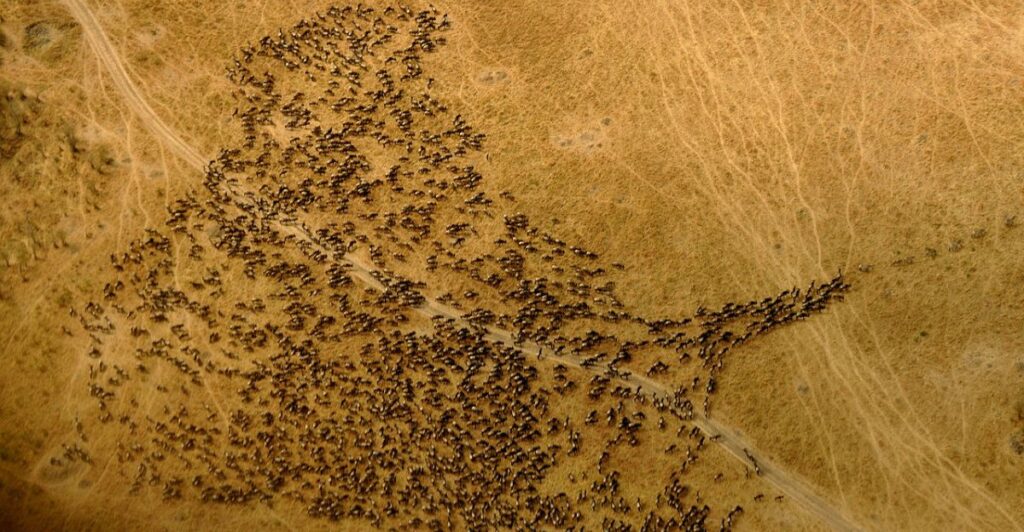
Wondering how the gnus find their way? The antelopes follow the rains, the scent of fresh grass, and even the position of the sun to make sure they’re on the right track. They also track the movement of other animals, like zebras and gazelles, which migrate in the same direction.
7. Memory Also Helps Along the Way
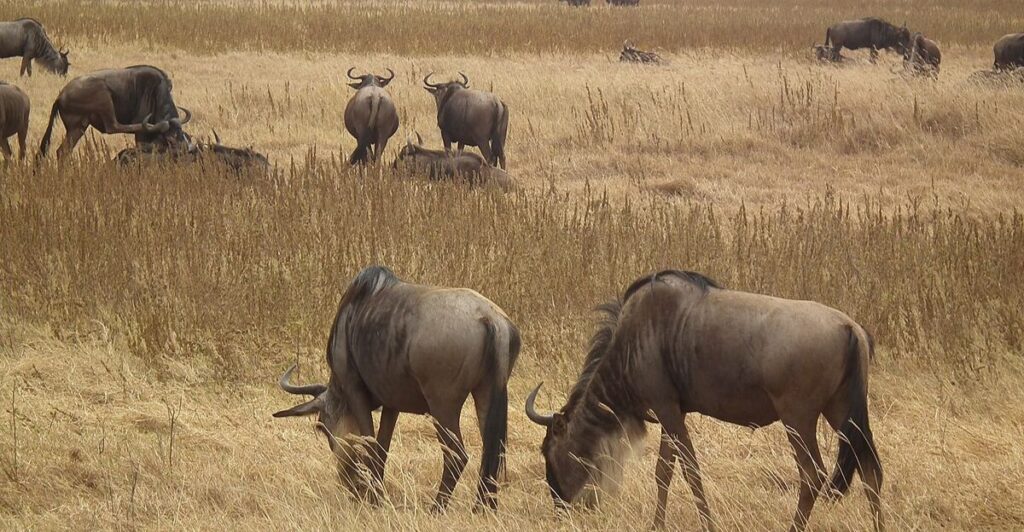
While environmental cues and herd behavior are major, they have impressive memory and navigation skills that help them stick to their routes year after year. It is known that gnus can remember key landmarks, water sources, and grazing grounds from previous migrations.
8. They Stick Together and Work Like a Team
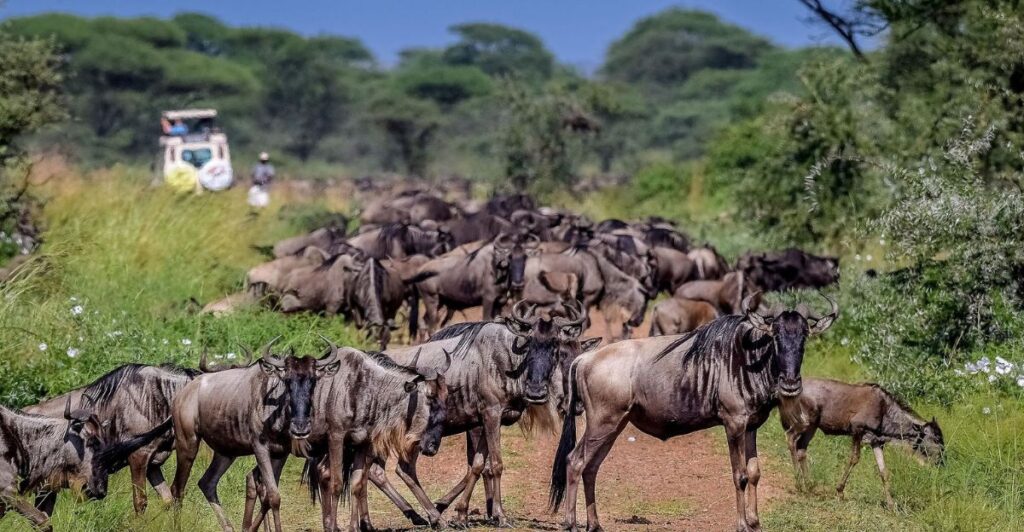
Gnus don’t go alone; they’re all about teamwork. The herd stays together, moving as one, to stay safe and keep everyone on track. Older, wiser gnus lead the way, while the younger ones follow the crowd and learn the ropes for the next migration.
9. Weathering the Storms and Heat
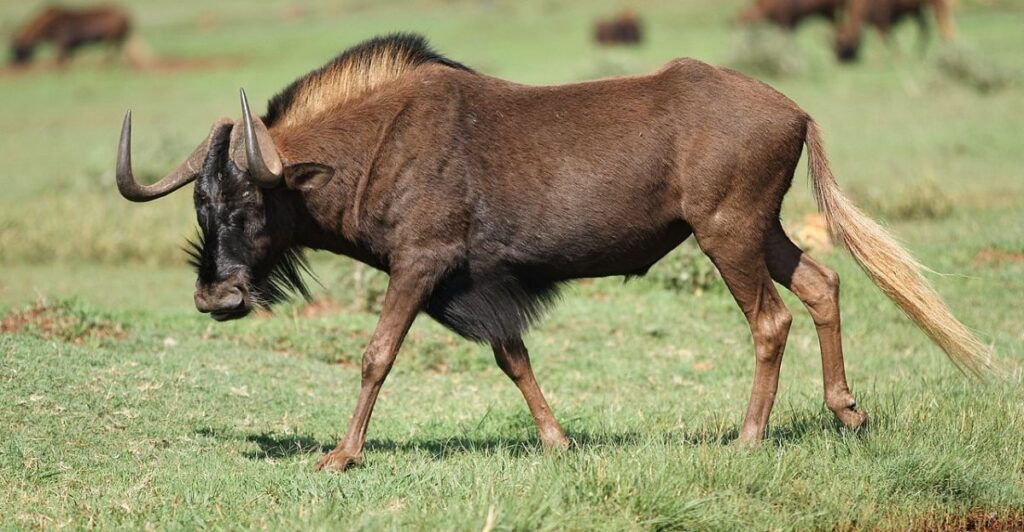
These antelopes deal with more than just predators while on the go. The weather is no friend, and they’re exposed to everything—the scorching sun during the dry season, torrential rain, and the occasional freezing night. But no matter the conditions, they keep moving forward.
10. Calves Are Born During the Migration
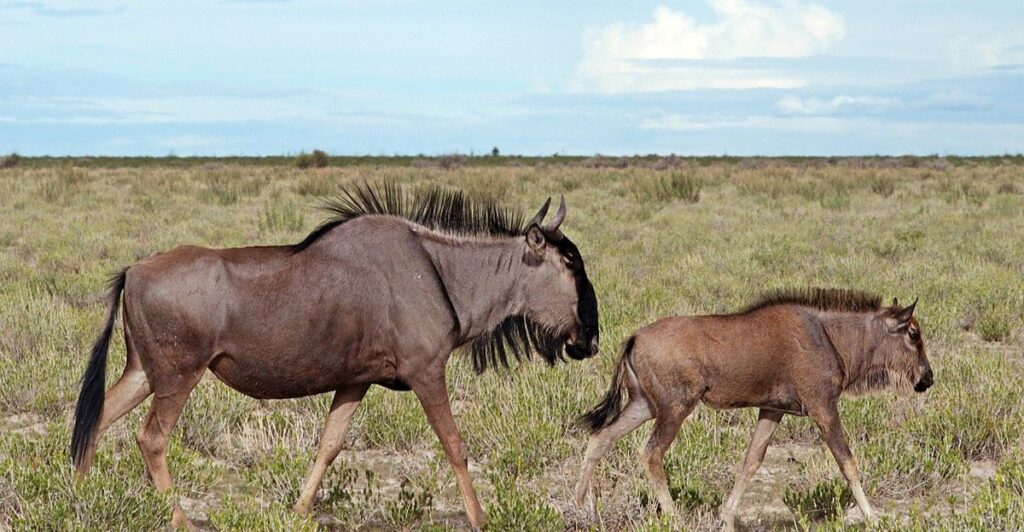
It’s surprising and wild that the wildebeest calves are born amidst this dangerous journey. As soon as they arrive in this world, the newborns need to stand, walk, and even run within minutes of birth to keep pace with the migrating herd.
11. Weakness Doesn’t Survive This Journey
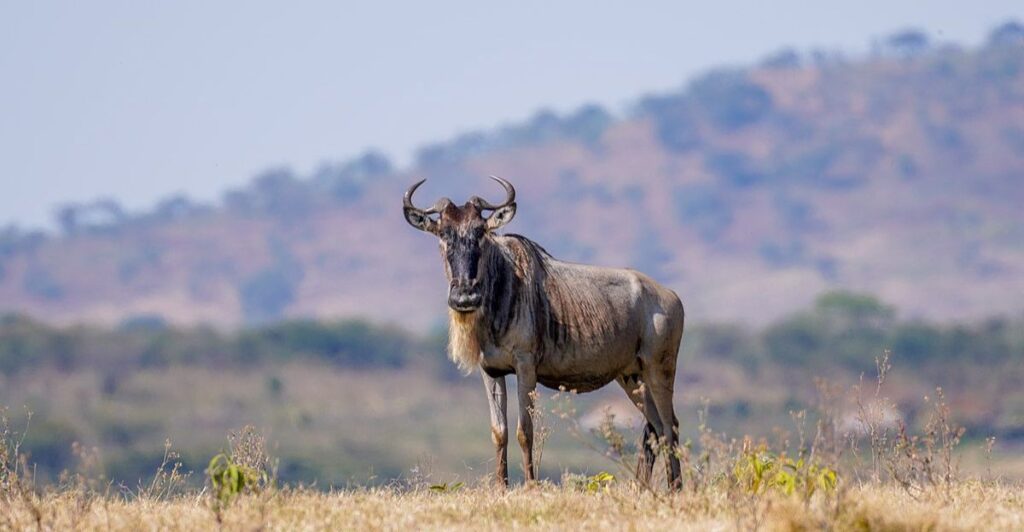
It’s estimated that thousands of wildebeests don’t survive the crossing. The sick, the old, and the young are often left behind, falling prey to nature’s wrath or predators. Thanks to ongoing conservation efforts, though, their populations in protected areas, like the Serengeti, remain stable.
12. Reaching the Rich Grazing Grounds
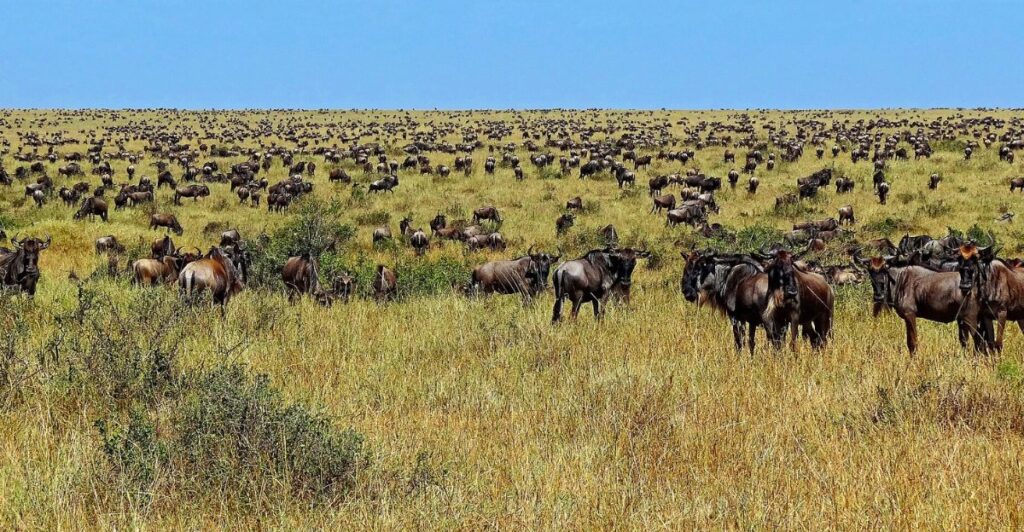
After months of hard travel, the wildebeests finally make it to their reward: lush green grass. These grazing grounds are packed with the nutrients they need to recover. But the celebration is short-lived—soon, they’ll have to start thinking about the next leg of the journey. It’s a constant cycle.
Stay connected with us for more stories like this! Follow us to get the latest updates or hit the Follow button at the top of this article, and let us know what you think by leaving your feedback below. We’d love to hear from you!







